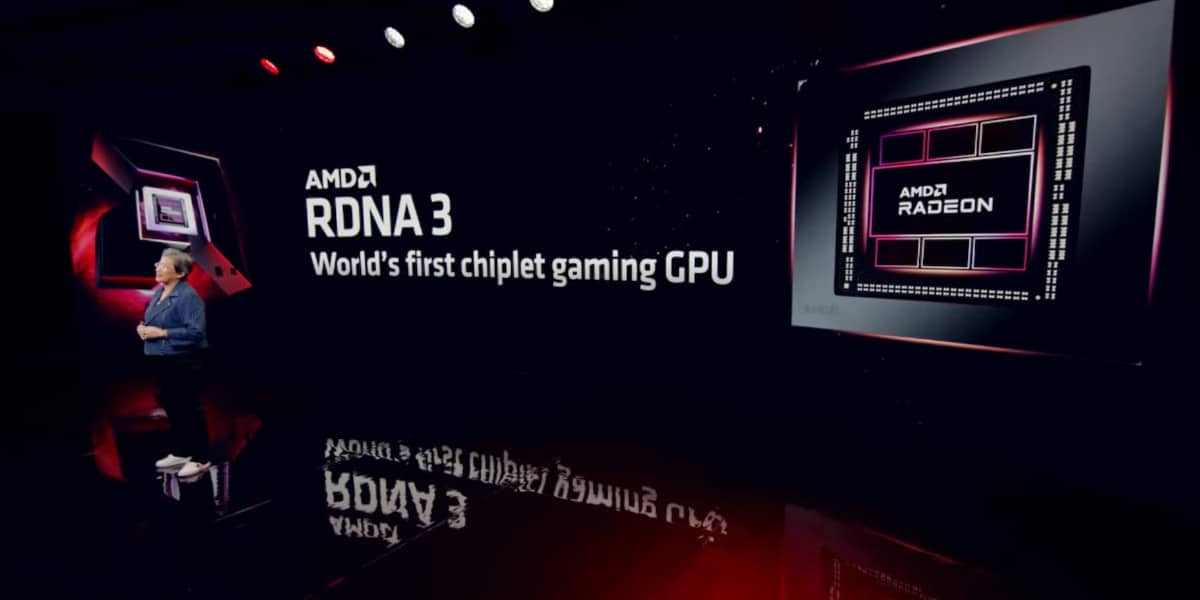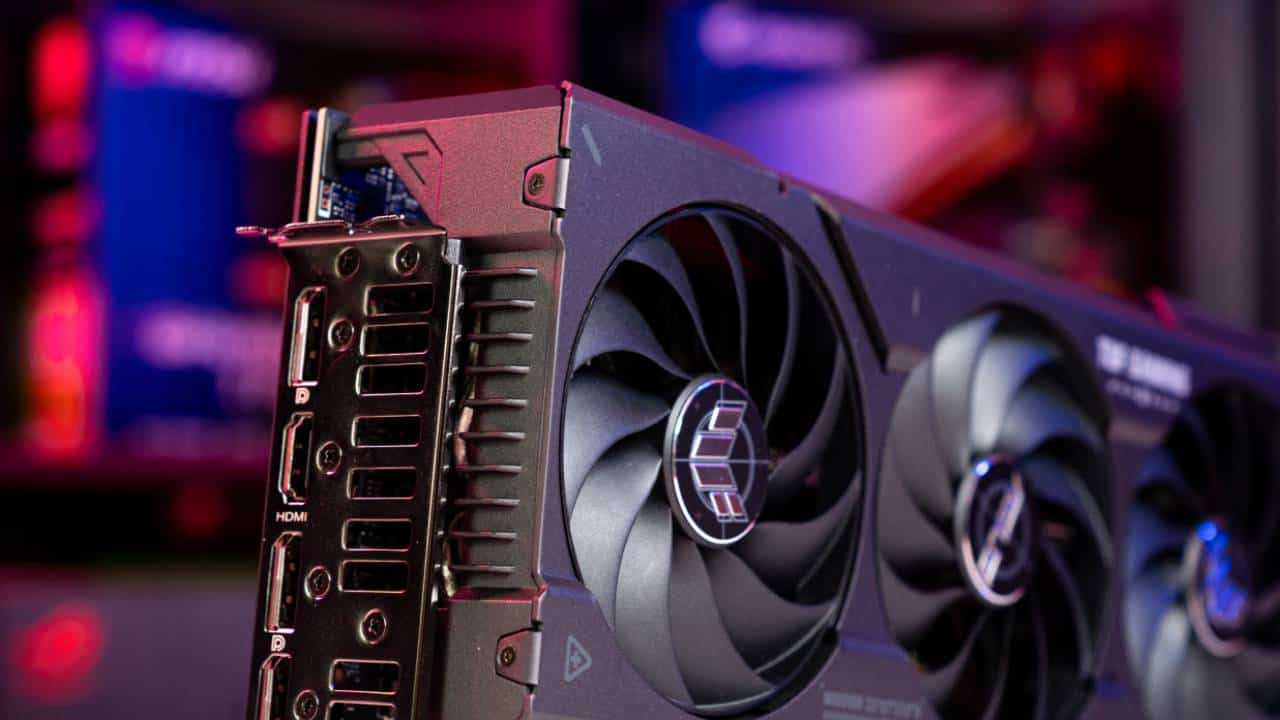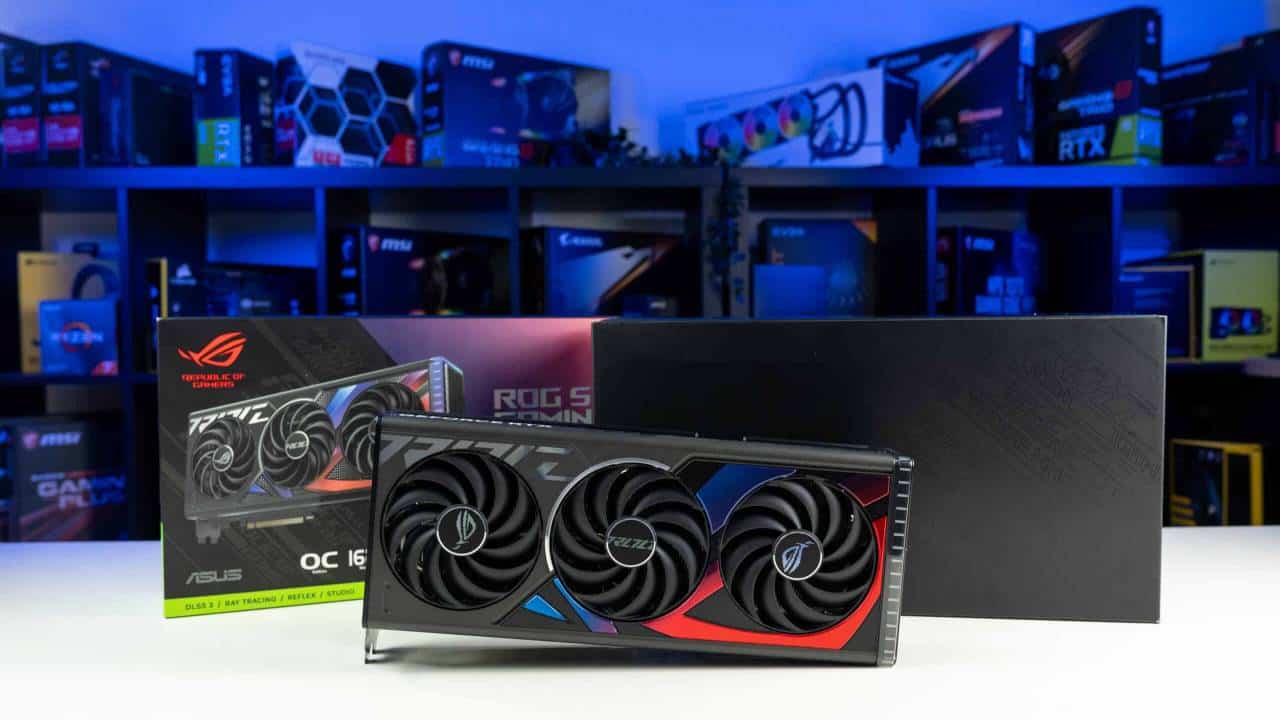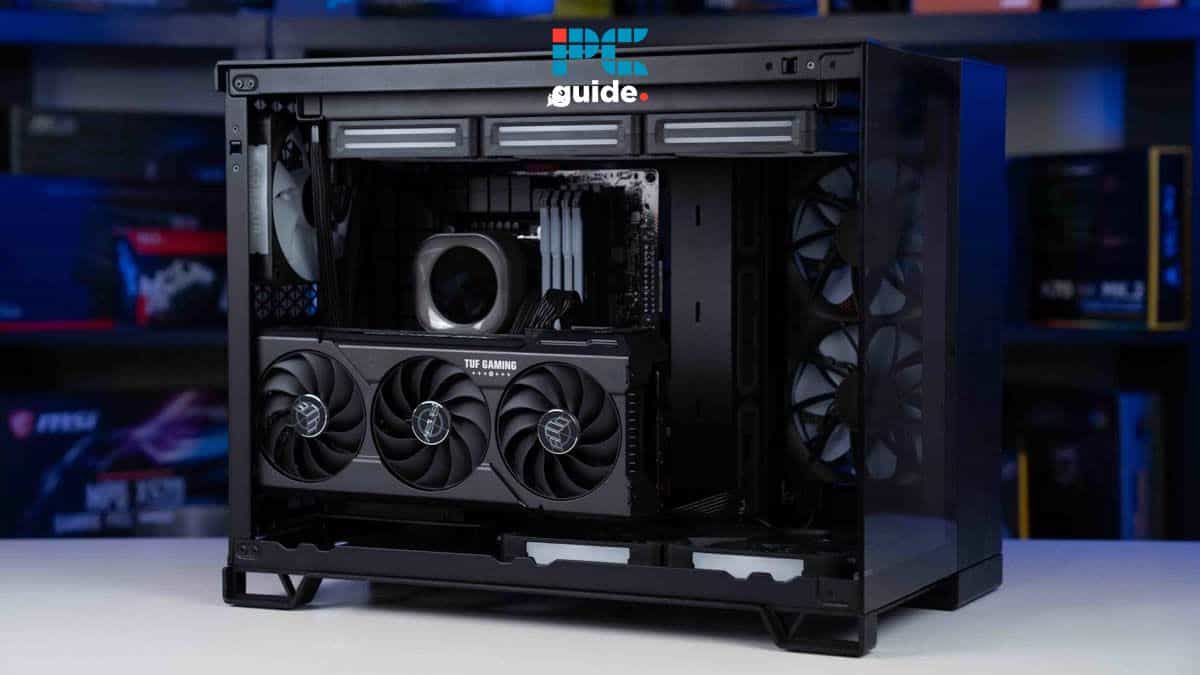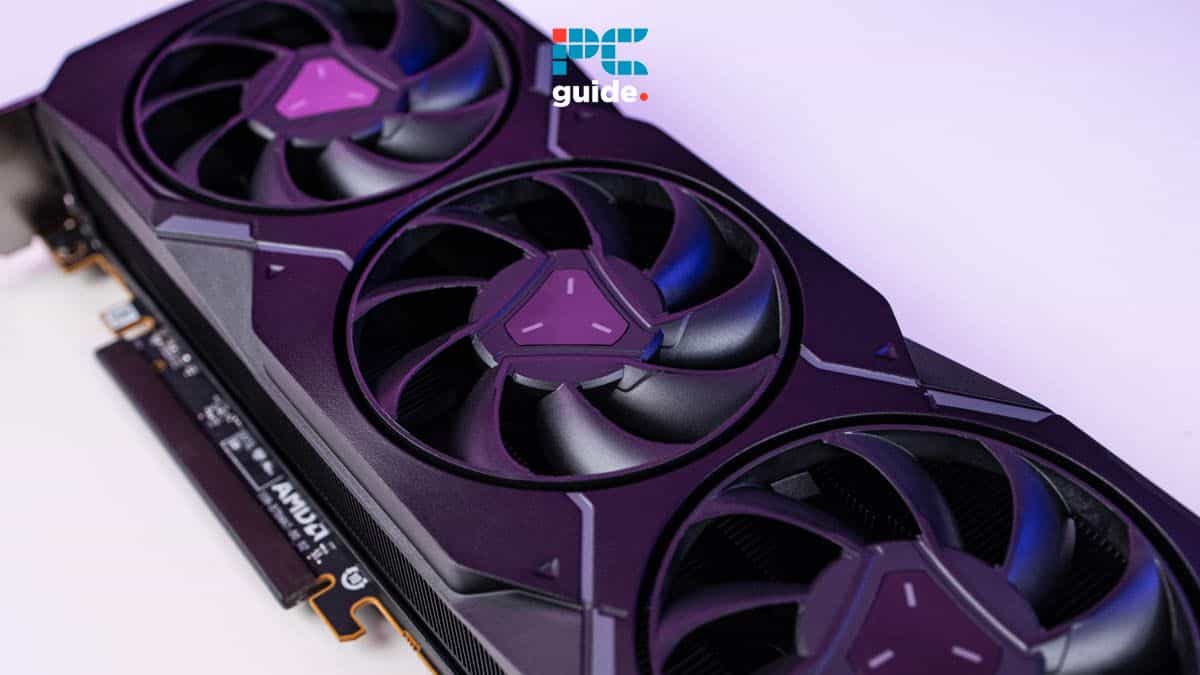AMD RDNA 3 graphics cards are nearly here. Continue reading to find out all you need to know about Radeon RX 7000 GPUs ahead of release.
With Black Friday closing in, it’s also the perfect time to upgrade your AMD CPU – you can shop the latest AMD Ryzen Black Friday deals right here.
RDNA 3 RX 7000 release date
The new microarchitecture was officially unleashed upon the public as planned on November 3. In the reveal event, we learned that the first two graphics cards of the generation, RX 7900 XT and RX 7900 XTX are coming on December 13.
Pre-orders and landing pages are not yet live, but we suspect you won’t be waiting long. We go into far more detail on their respective pages.
NOW READ: Here are the best Black Friday deals we could find for the RTX 4080
RDNA 3 RX 7000 price
The two current RDNA 3 RX 7000 graphics cards announced carry respective MSRPs of $899 and $999 for the RX 7900 XT and RX 7900 XTX. This is in line with the rumors and speculation which proceeded the event.
The company was smart to keep the same price point as with its previous flagship model for the new frontrunner, undercutting Nvidia by $600, with the rival’s RTX 4090.
NOW READ: Here’s where you can buy the Nvidia 4080
Nothing from the entry-level or mid-range field has been announced yet, but we’re expecting that this could change in early 2023. This is usually the case with new hardware launches from AMD. It leads with the best and then offers cheaper alternatives into the new year. Still, a top-performing card under $1,000 is a sure-fire win when Nvidia’s cheapest current-gen is $200 more.
RDNA 3 RX 7000 specs
Although the company hasn’t quite detailed every tech spec of its latest GPU line, we’ve compared the key specs against each other in an easy-to-read table to give you an insight into which card could be right for you in December:
| RX 7900 XTX | RX 7900 XT |
| 96 RDNA CU cores | 84 RDNA CU cores |
| 24GB GDDR6 VRAM | 20GB GDDR6 VRAM |
| 384-bit memory bus | 320-bit memory bus |
| 2.3 GHz Game Clock | 2 GHz Game Clock |
| 355W TDP | 300W TDP |
In order to fully evaluate the specs of what’s possible with AMD’s latest microarchitecture, we must look closer at the highest end of the spectrum right now, the RX 7900 XTX. This card features 24GB GDDR6 memory with a 384-bit memory bus and a game clock speed of 2.3 GHz. The real highlight of these cards is the fact that they have support for DisplayPort 2.1, though.
This means you can expect resolution and frame rate support of up to 8K165, which is the world’s first in the world of consumer-grade graphics cards. It isn’t just marketing talk either, as the company showed a real-world example of Assassin’s Creed: Valhalla running at 8K60. That’s not something we’ve seen from Team Green, and especially not under the $1,000 mark.
NOW READ: Black Friday Ryzen deals have gone live – here’s what you could save
Also of note is the fact that the two RDNA 3 graphics cards utilize standard 2x 8-pin PCIe power cables without the need for an adapter. Equally impressive is the fact that these GPUs are near-identical in dimensions to the previous frontrunners, the RX 6900 XT. This means that there’s no need to upgrade your PC case or PSU. which is a good consumer-friendly choice on its part.
RDNA 3 RX 7000 performance
While we’re going to have to wait until we’ve tested and benched the graphics cards in-house, what AMD has presented is incredibly encouraging. A real focus appears to be on utilizing the new FSR 3, FidelityFX Super Resolution 3, A.I. supersampling, to push the highest frame rates in higher resolutions than what’s currently possible with the current generation.
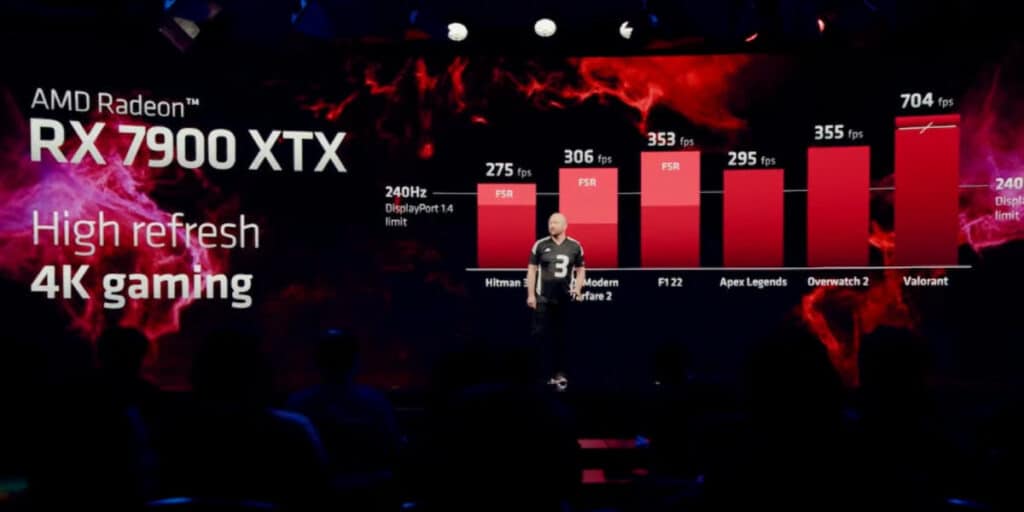
While the statistics demonstrated for 4K ray tracing are all well above 60 FPS at Ultra settings, the most impressive feat is just how high games can be pushed in the demanding resolution. As you can see, games such as the recently released Call of Duty: Modern Warfare II can achieve over 300 FPS in 2160p with the use of FSR. Natively, the same is said of Overwatch 2.
This means that high-performance 4K gaming is entirely possible for AMD’s newest cards, something that only the RTX 4090 can do reliably at two-thirds the price point. It remains to be seen just how capable this card (and wider RDNA 3 generation will be) but we’ll be bringing you all the latest as soon as they’re hot off the presses.
Do AMD GPUs have ray tracing?
Although not exactly billed for it as with Nvidia cards, AMD graphics cards do in fact utilize ray tracing. They don’t generally tend to perform as efficiently as with what Team Green offers on this front, but that could very well be changing soon. At the time of writing, current-generation GPUs from the red corner feature first-generation Ray Accelerators. We’ll likely see second-gen next.
What does RDNA stand for?
RDNA stands for Radeon DNA and is the name AMD has given its various generations of recent GPU architecture. The title was first used with the Navi 1 line back in 2019, which we know as the Radeon RX 5000 series. As well as being used in graphics cards, modified RDNA 2 microarchitecture is also used inside the PS5, Xbox Series X, and Steam Deck.


